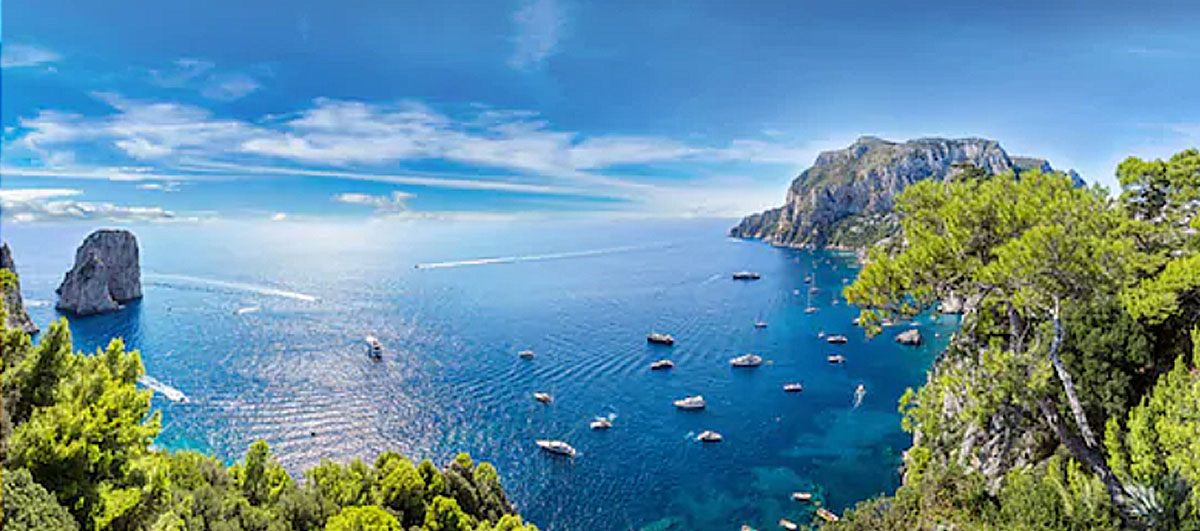Tourism is an entire system of its own, characterized as complex and dynamic, necessitating the need for sustainability considerations. To effectively manage tourism, it is vital to comprehend the underlying system structures and the feedback mechanisms that influence how tourism works over time. Our main purpose is to establish the cause–effect relationship between and among sustainable tourism variables using the tools of systems thinking. In our causal loop diagram, we highlight that ecotourism creates profitable businesses and local jobs, which will motivate stakeholders to practice sustainability thereby driving ecotourism to higher levels. We also underscore that tourist satisfaction would stimulate increased tourist arrivals that will create environmental stress, threatening sustainability. Hence, to ensure sustainability, regulation must mitigate the unintended consequences that undermine sustainability, through community leadership and capacity management.

Together with long-existing problems and issues in the travel and tourism industry, sustainability considerations have become a primary concern. Tourism stakeholders need to fully understand the issues, identify the root causes of the problem, and create interventions that will involve multiple sectors. However, understanding how sustainable tourism works is complex due to the compounded issues persisting. As such, conventional solutions are incapable of addressing the structural deficiencies that allow problems to continuously exist. Hence, we use the ST approach because of its ability to illustrate and deal effectively with the issues critical to sustainable tourism. It identifies the underlying structures that influence sustainable tourism development. Our analysis proposes that tourism stakeholders find solutions that are beneficial to the industry in the long term despite difficulties, myriad interactions, and the shortfalls of straightforward obvious solutions. As such, government agencies, tourism planners and operators, among others would need to grasp the dynamic and complex nature of the industry. We propose a holistic viewpoint where seemingly isolated and independent issues associated with the industry are streamlined and integrated. Operationally, a successful sustainable tourism program would require coordinated efforts from tourism authorities, peace and order, infrastructure, health and local governments, among others.

Tourism stakeholders are crucial in the feedback loops we have illustrated. They can play a dual role in reinforcing or inhibiting sustainability efforts. Hence, cooperation and coordination with value chain participants in every stage of the experience is necessary to ensure sustainable tourism. Such is the case because unregulated and rapid tourism growth undermines sustainability due to its inadvertent effects. In making sustainable tourism work, we have established that profitable businesses, local jobs, and tourist satisfaction are critical drivers. Involving those who are participating and affected by tourism activities can prompt the sense of ownership of community members. Hence, they will instinctively conserve a tourist attraction. Meanwhile, tourist satisfaction leads to more tourist arrivals posing environmental stress and warranting specific and long-term capacity management policies.
It is the responsibility of the local government, local communities, and private enterprises to design, and to enforce regulations that will create long-term benefits that will outweigh short-term costs. Therefore, policies must go beyond generating arrivals that disregard carrying capacity limits. Instead, policies must focus on the creation and implementation of strategic plans that emphasize environmental sustainability, profitable enterprises and local community involvement. In the long run, tourism will truly be a vehicle to increase employment, to create more income-generating activities, and to reduce poverty incidence.
For those interested, you may secure a copy through this site: https://doi.org/10.1080/13683500.2018.1534805

Citation: Roxas, F. M. Y., Rivera, J. P., & Gutierrez, E. L. M. (2018) Framework for creating sustainable tourism using systems thinking. Current Issues in Tourism (ABS 2), DOI: 10.1080/13683500.2018.1534805.





